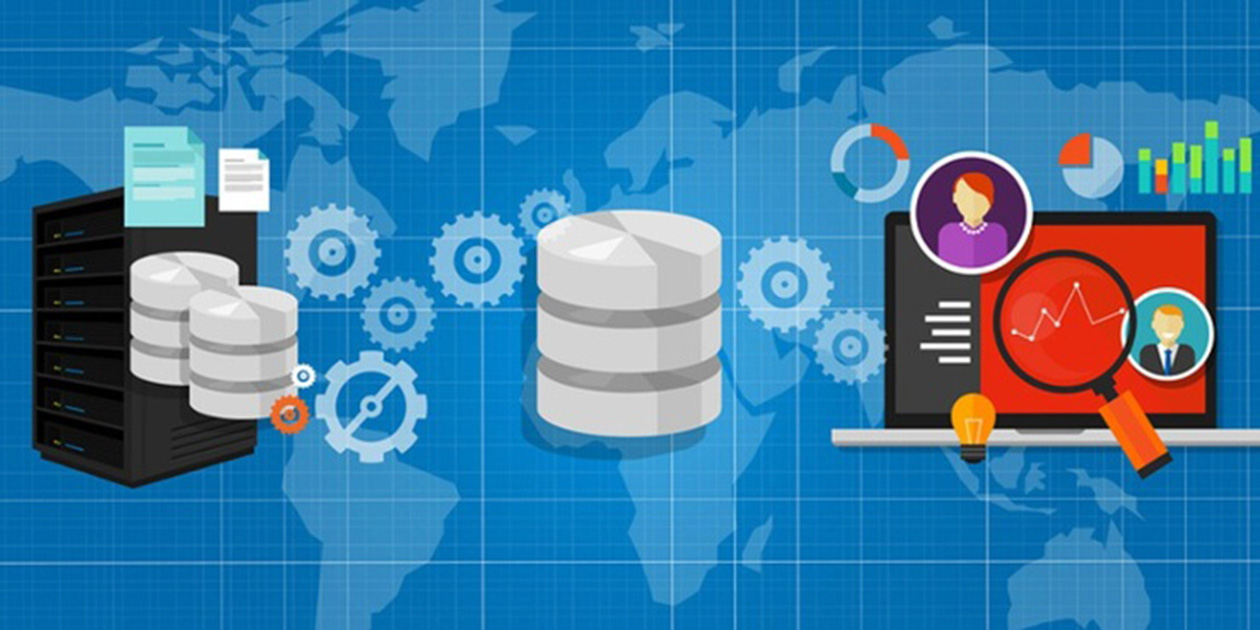
Embarking on a data integration project is an exciting time. You are ready to see how data integration can deliver on its promises to make your organization more efficient and productive. But, what are essential elements, and what components are merely nice to have?
We have organized this five-minute enterprise checklist for modern integration architecture to include everything you need and nothing you do not. Read on to learn about the necessity of AI and IoT, the parity of cloud and on-premises systems, and multiple modes of integration.
The Necessity of AI and IoT
Experts predict that by 2022, the enterprise AI market will be worth over $6 billion. By 2021, the enterprise market for IoT will be approximately $520 billion. Doesn’t it make sense to integrate that information into your stores of data?
Any integration project that you are embarking on now must be able to bring together IoT and AI information so that you can get the most out of this data. Legacy data integration methods never had to contend with the flow and types of information that IoT and AI bring, so make sure that your data integration solution is up to the challenge.
The Parity of Cloud and On-Premises Systems
The cloud is here to stay; there is no getting around that fact. On-premises systems have a valuable place in enterprise information architecture. You cannot neglect one at the expense of another.
With data integration, you must maintain a parity between cloud and on-premises systems. These both contain vital information, and that information becomes even more valuable when unified in a single place. What is important to remember is that servers can be deployed anywhere nowadays, and when deployed, they must be located so other components can find them; the connection between those servers must be dynamic for integration.
Multiple Modes of Integration
Remember that “data integration” is an umbrella term. There is more than one approach to data integration, and what works for another company might not work for yours.
For example, a firm might create a data lake if it has a large influx of information (a good example of this would be Facebook). For another firm, building a data warehouse, in which multiple sources of information are combined into a relational database, makes the most sense; they can run queries, compile reports, and retrieve data in a consistent format.
The need for data integration has only become greater over time. Because technology has advanced, the components and essentials of data integration have changed. What were principles even a decade ago have now shifted to incorporate developments such as IoT and the cloud. Are you ready for data integration? Get the assessment. Absolutely free.



